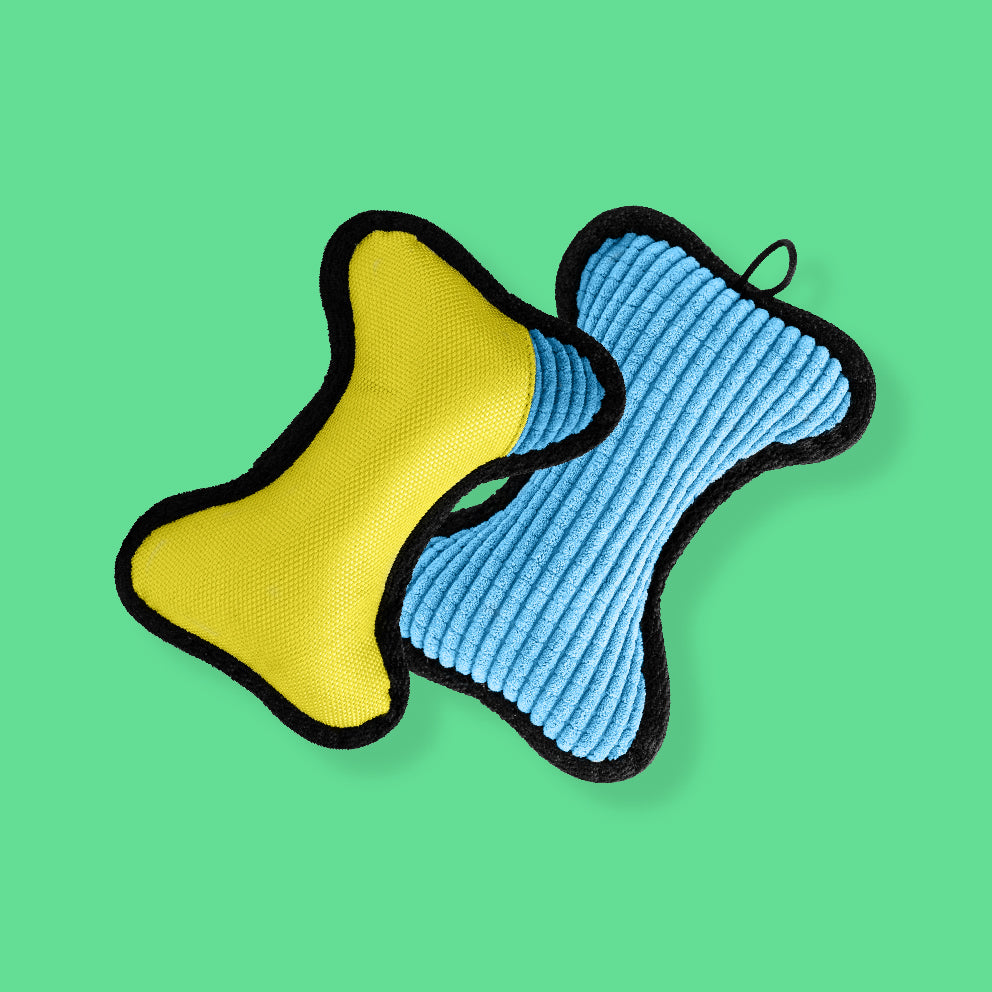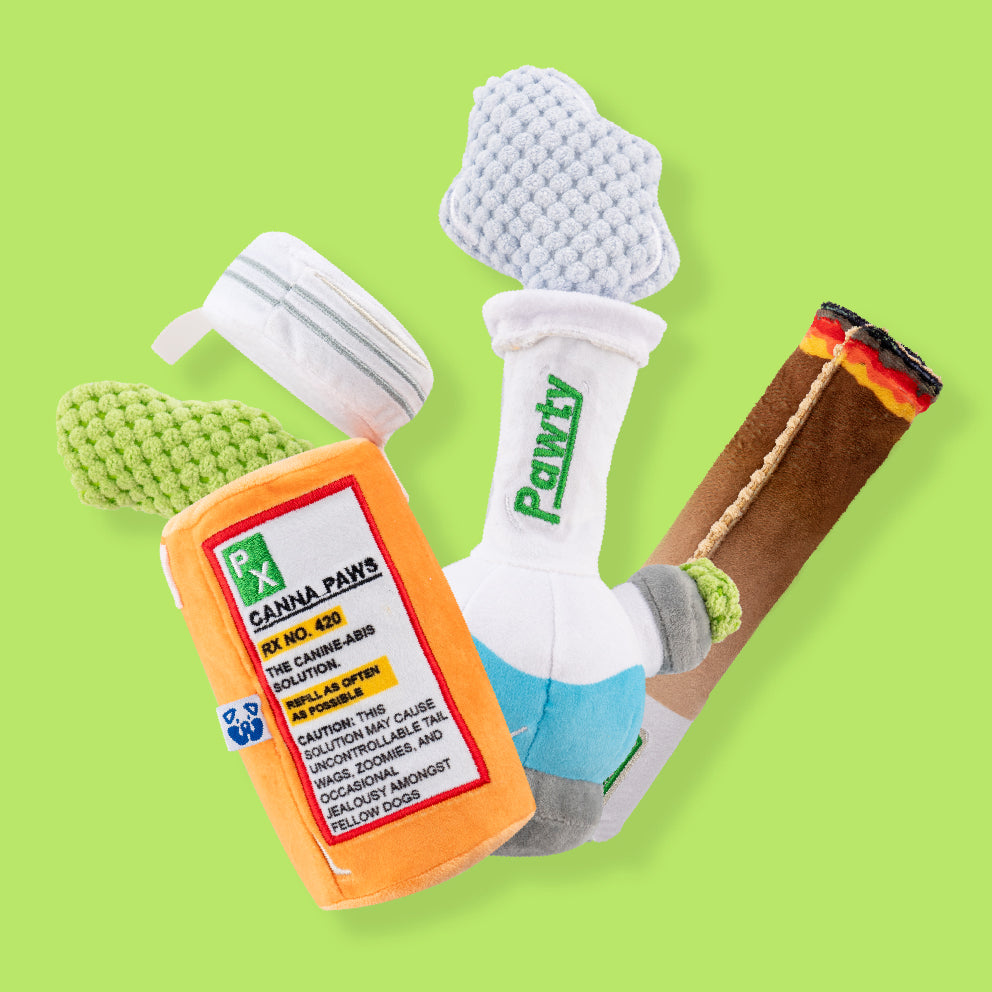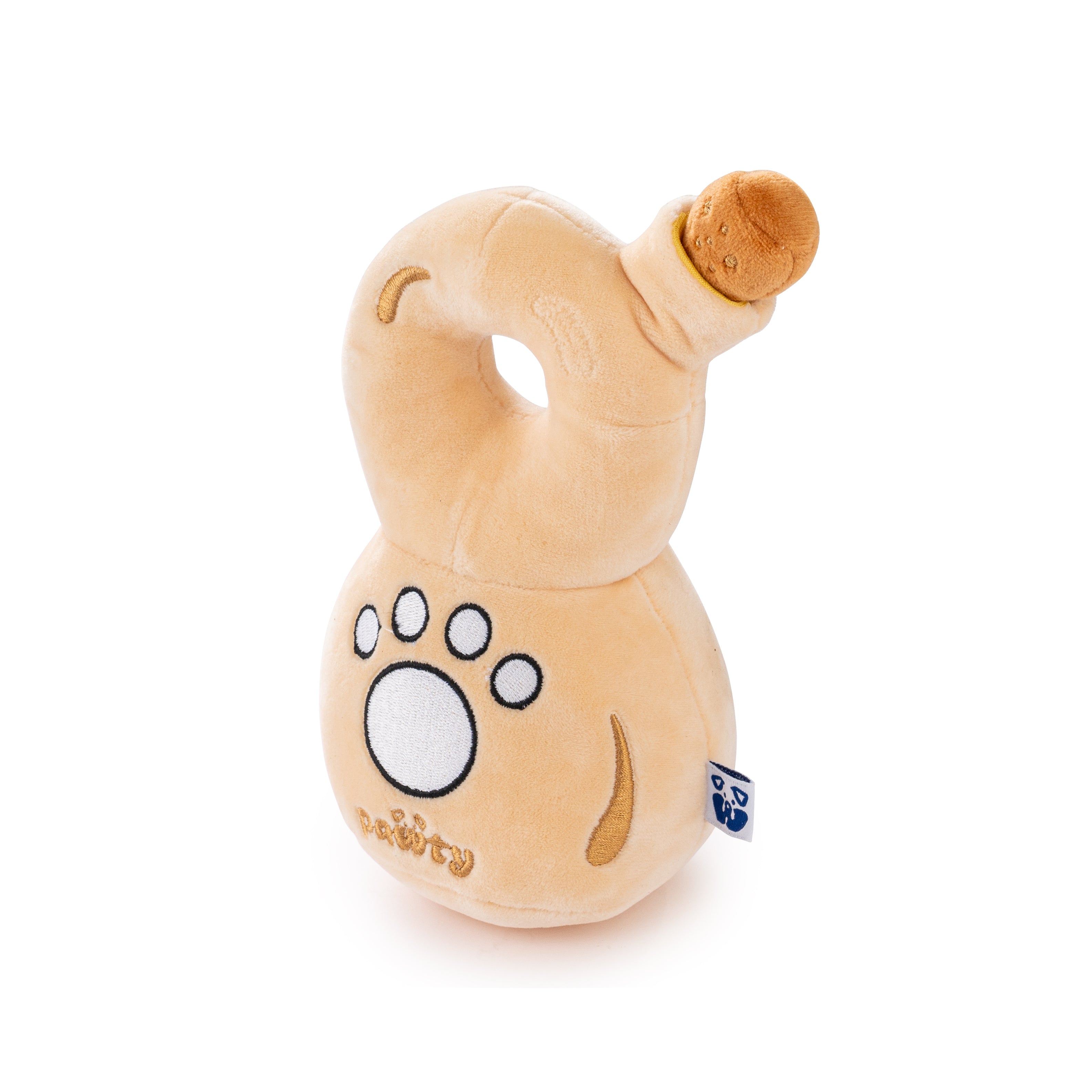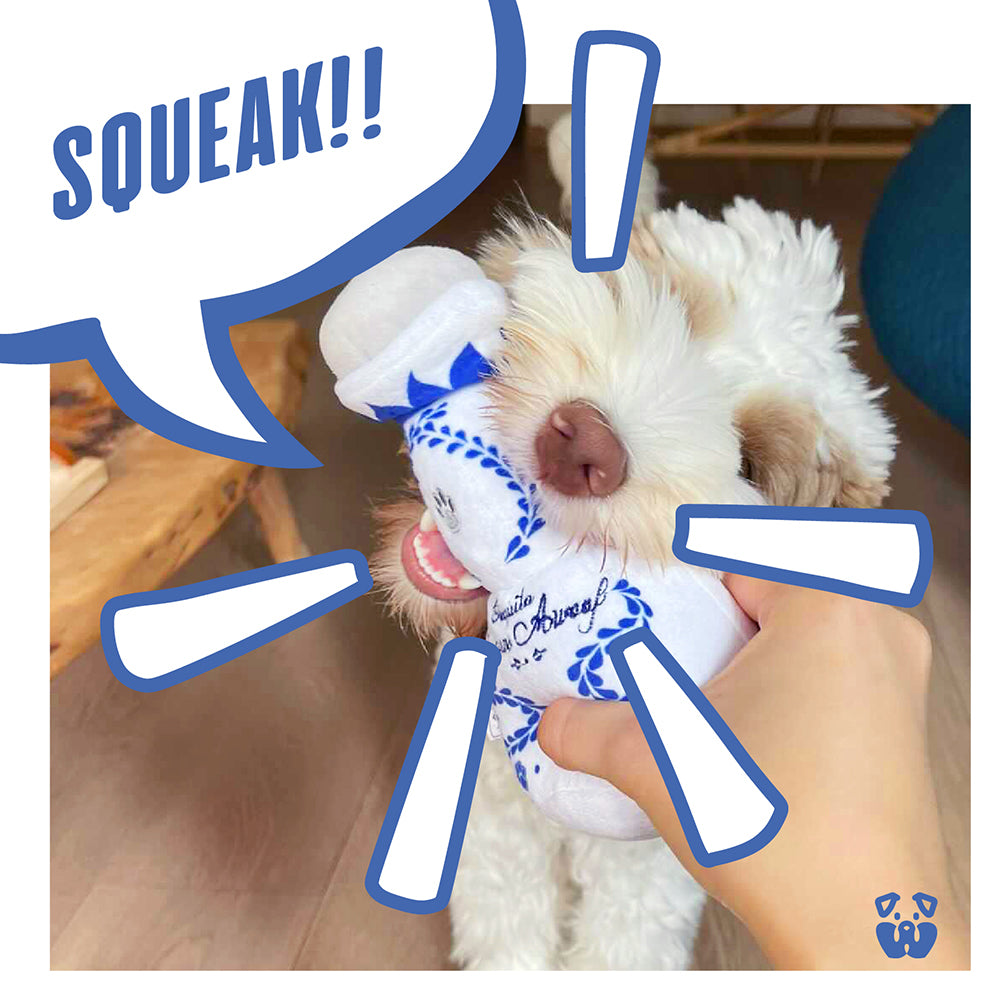At PAWTY Dog Toys, we understand the importance of regular exercise for our furry companions. Keeping your dog active and engaged not only improves their physical health but also enhances their mental well-being. However, it's crucial to approach dog exercise with care and knowledge to ensure the best possible experience for both you and your canine friend.
In this article, we will discuss four common mistakes people make when exercising their dogs and provide you with expert advice on how to avoid them. By following these guidelines, you'll be on your way to providing your furry friend with a fulfilling and safe exercise routine.
1. Neglecting Warm-up and Cool-down Sessions
Just like humans, dogs benefit greatly from warm-up and cool-down sessions before and after physical activity. Unfortunately, this crucial aspect of dog exercise is often overlooked. Warm-up exercises help prepare your dog's muscles and joints for more intense activity, reducing the risk of strains or injuries. Similarly, cool-down sessions allow your dog's body to gradually return to a resting state, preventing post-exercise soreness.
Tip: Start your exercise routine with a brisk walk or gentle jog to warm up your dog's muscles. After the main activity, conclude with a slower pace and some stretching exercises. Your furry friend will appreciate the extra care and be ready for the next adventure.
2. Overexerting Your Dog
While it's important to challenge your dog physically, pushing them beyond their limits can have detrimental effects on their health. Overexertion can lead to exhaustion, dehydration, muscle strains, or even heatstroke. Recognizing your dog's limitations and gradually increasing the intensity and duration of their exercise routine is crucial for their well-being.
Tip: Monitor your dog's behavior during exercise. Look for signs of fatigue, excessive panting, or reluctance to continue. Ensure your furry companion has access to fresh water at all times, especially during hot weather. By keeping a close eye on their condition, you can ensure they enjoy a safe and rewarding exercise experience.
3. Lack of Mental Stimulation
Physical exercise alone might not be sufficient to fulfill your dog's needs. Dogs are intelligent creatures that thrive on mental stimulation. Neglecting their mental well-being can lead to boredom, restlessness, and destructive behavior. Incorporating activities that challenge your dog mentally is as important as physical exercise.
Tip: Engage your dog in interactive games, such as puzzle toys or treat-dispensing devices, to provide mental stimulation. Teach them new tricks or enroll in training classes that encourage mental agility. These activities will not only exercise their bodies but also keep their minds sharp and active.
4. Inconsistent Exercise Routine
Consistency is key when it comes to exercising your dog. Many pet owners make the mistake of irregular exercise, leading to a lack of routine and disrupted physical and mental well-being. Dogs thrive on structure and predictability, and a consistent exercise routine will provide them with a sense of stability and balance.
Tip: Set a schedule for your dog's exercise routine and stick to it. Aim for daily activities, ensuring they are appropriate for your dog's breed, age, and overall health. Regular exercise will create a positive habit and strengthen the bond between you and your furry friend.
Conclusion
As responsible pet owners, it is our duty to provide our dogs with a well-rounded exercise routine that meets both their physical and mental needs. By avoiding the common mistakes discussed in this article and following the expert tips provided, you can ensure your dog stays healthy,






















